Rostering Self-Service App Mobile-first rostering tool for NHS nurses and support staff
Overview
Problem
NHS nurses and support staff work across complex and changing shift patterns, often spread over multiple locations. Existing rostering systems were rigid, desktop-centric, and did not support self-service, leading to inefficiencies and low staff satisfaction.
Goal
Create a mobile-first rostering app that empowers NHS staff to view their schedules, set preferences, request leave, and swap shifts easily, improving engagement and operational efficiency.
Challenges
- Designing for diverse user groups including nurses, support staff, and managers with varying tech skills.
- Integrating with legacy rostering systems and trust-specific rules.
- Ensuring accessibility and usability in high-pressure, time-sensitive environments.
- Balancing mobile-first self-service with administrative oversight and control.
- Delivering end-to-end design as the sole UX and visual designer.
Role Sole UX & Visual Designer
Responsible for journey mapping, wireframing, prototyping, visual design, and developer collaboration.
Team
Product owners, NHS stakeholders, offshore development team (~6 developers), QA.
Responsibilities
- Translated research insights into user journeys and prototypes.
- Developed user journeys and personas for multiple staff roles.
- Designed and iterated mobile-first UI and desktop admin interfaces.
- Created a comprehensive design system for consistent UI components.
- Supported agile development cycles with detailed specs and design reviews.
Approach
- User Journey Mapping – Mapped end-to-end rostering workflows including shift viewing, preferences, leave requests, and swap approvals to identify pain points and opportunities.


- Mobile-first Design – Prioritized mobile usability with thumb-friendly navigation, clear schedules, and quick actions for shift management.
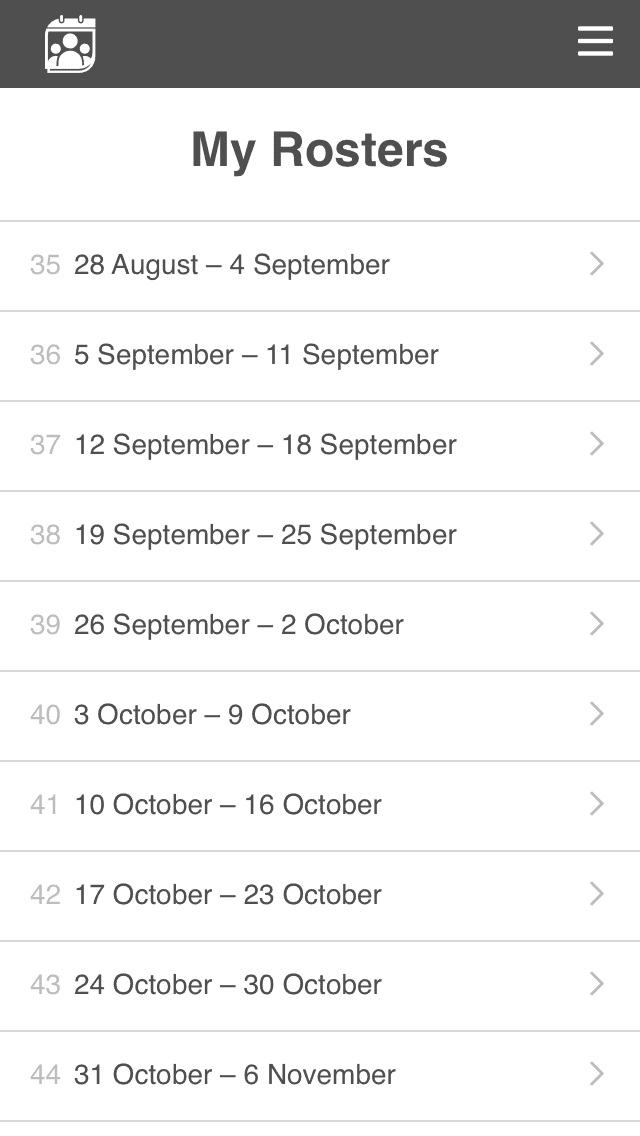
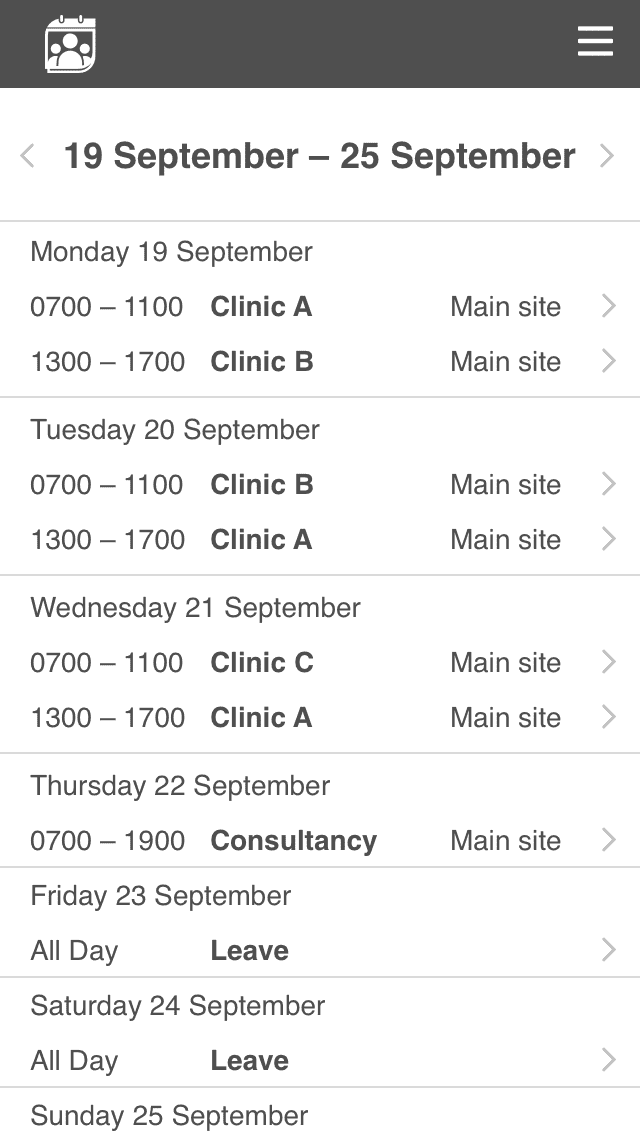
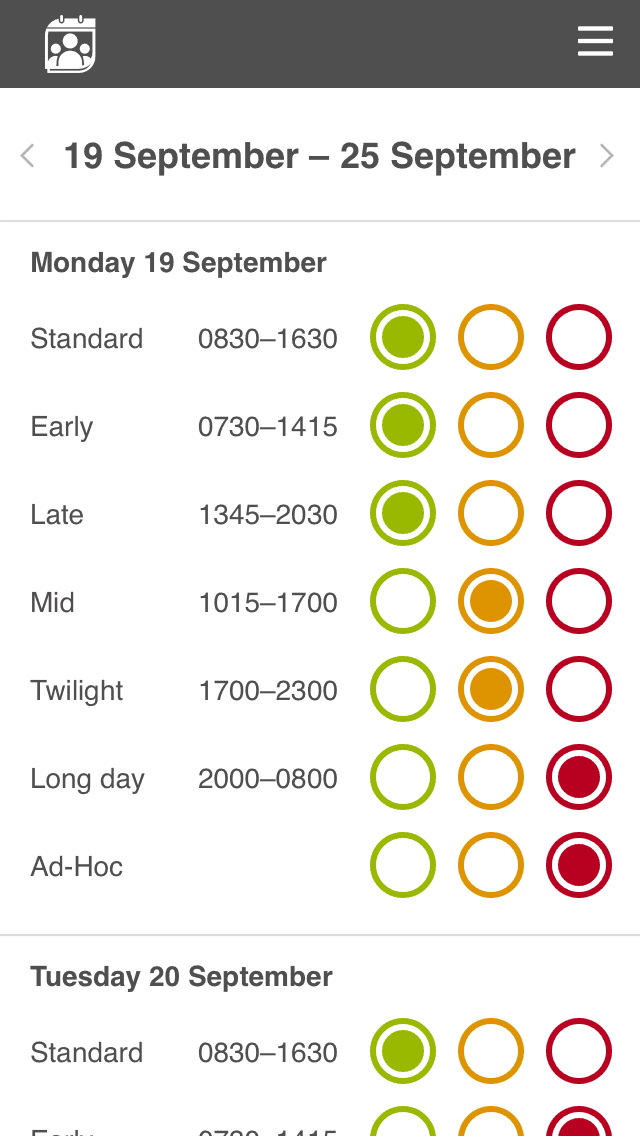
- Admin Interface – Designed a desktop dashboard for managers to oversee rosters, approve requests, and handle exceptions efficiently.
- Iterative Prototyping & Testing – Conducted usability testing cycles with representative users to refine interactions and visual clarity.
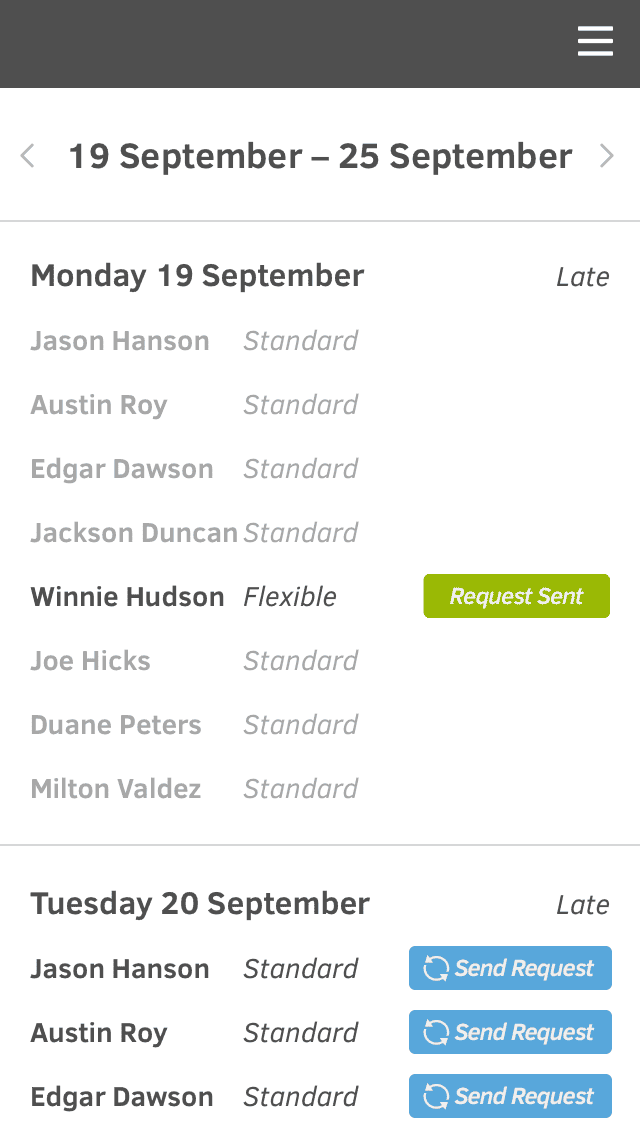
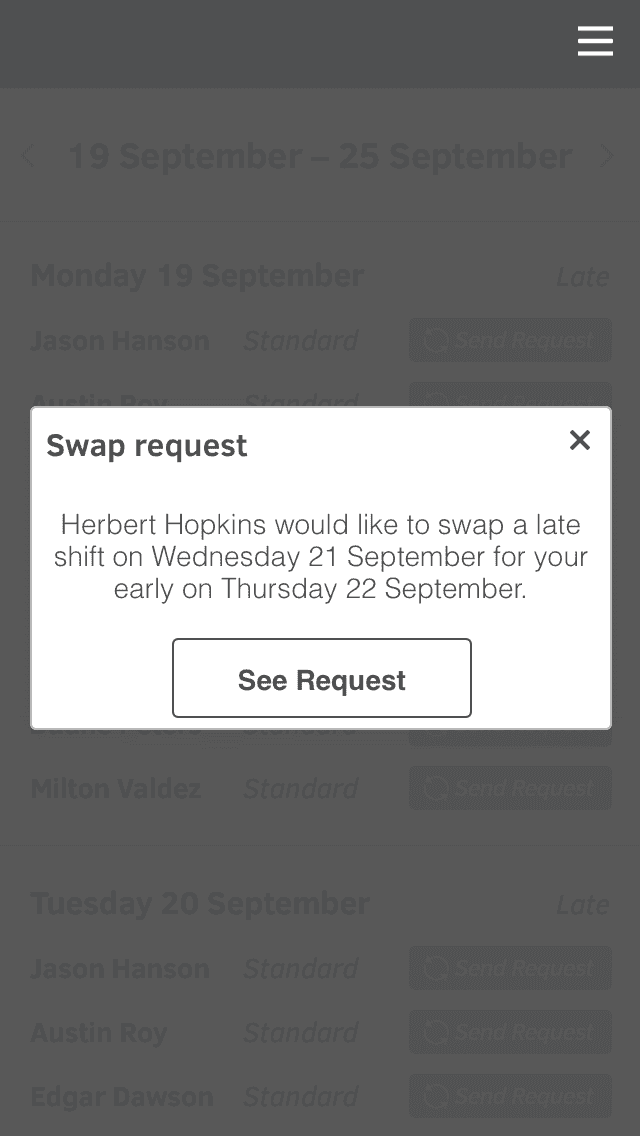
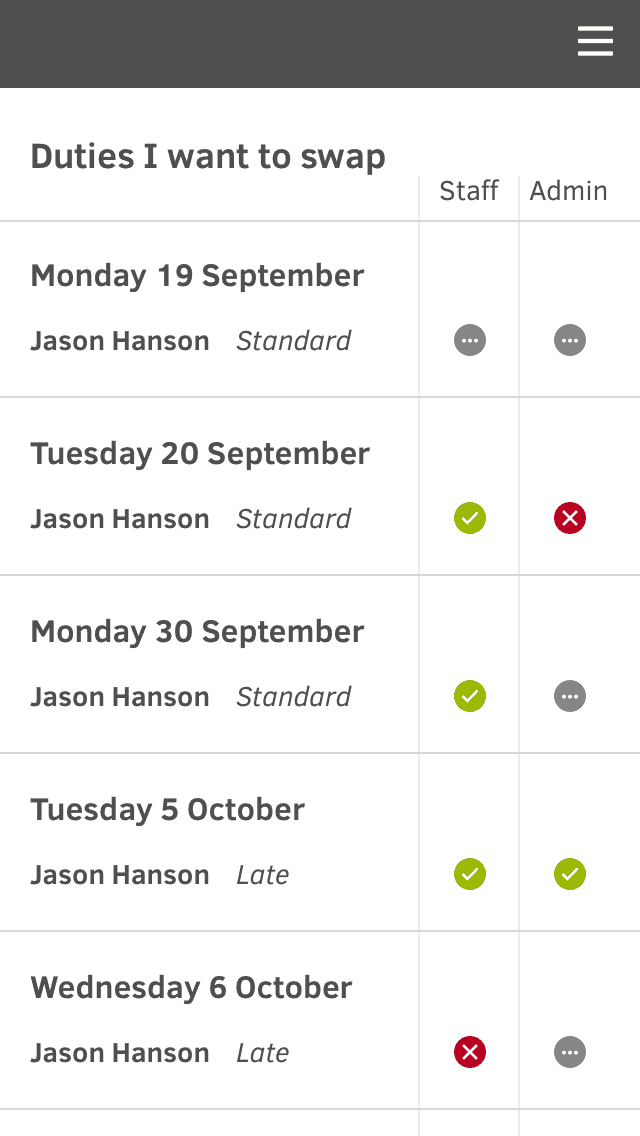
- Design System Creation – Developed a scalable, accessible design system ensuring consistency and ease of future updates.
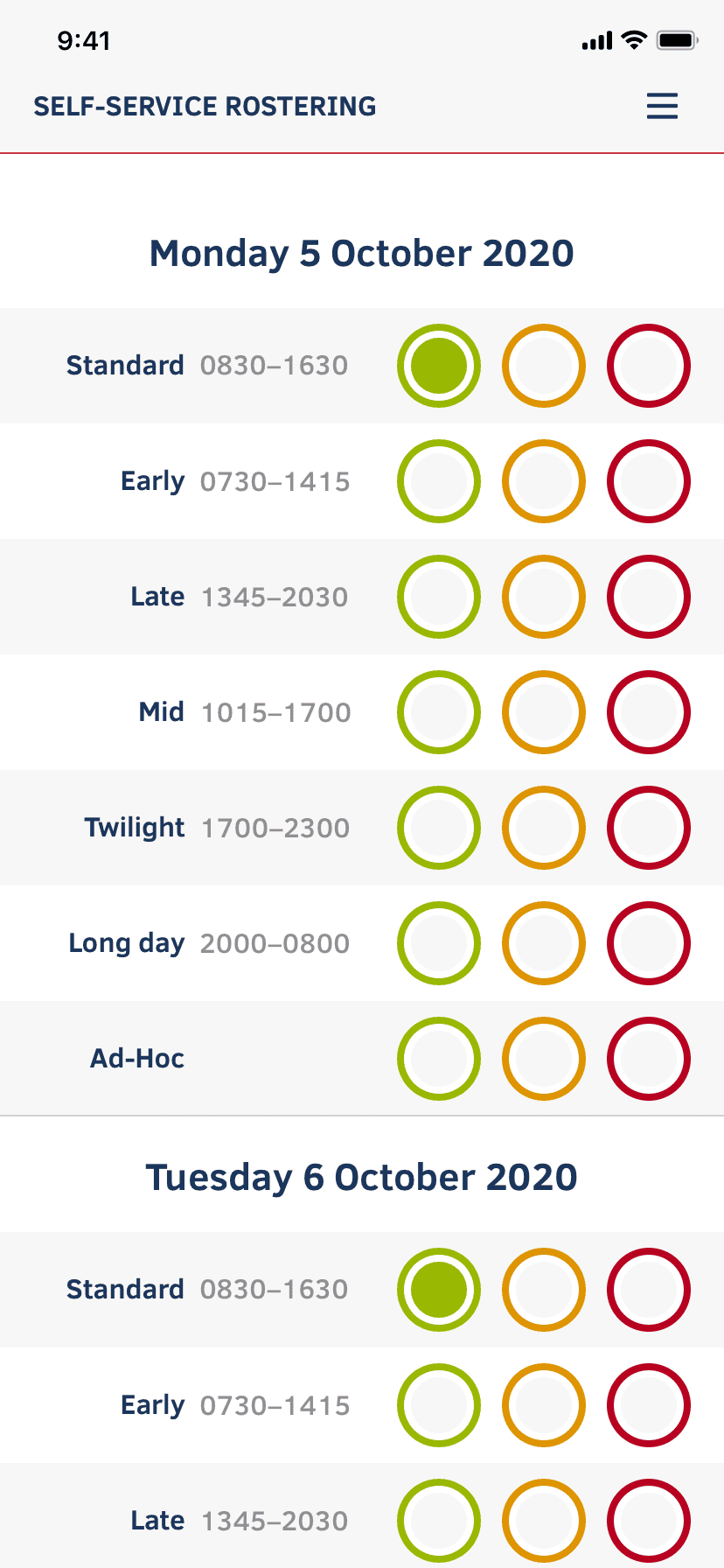
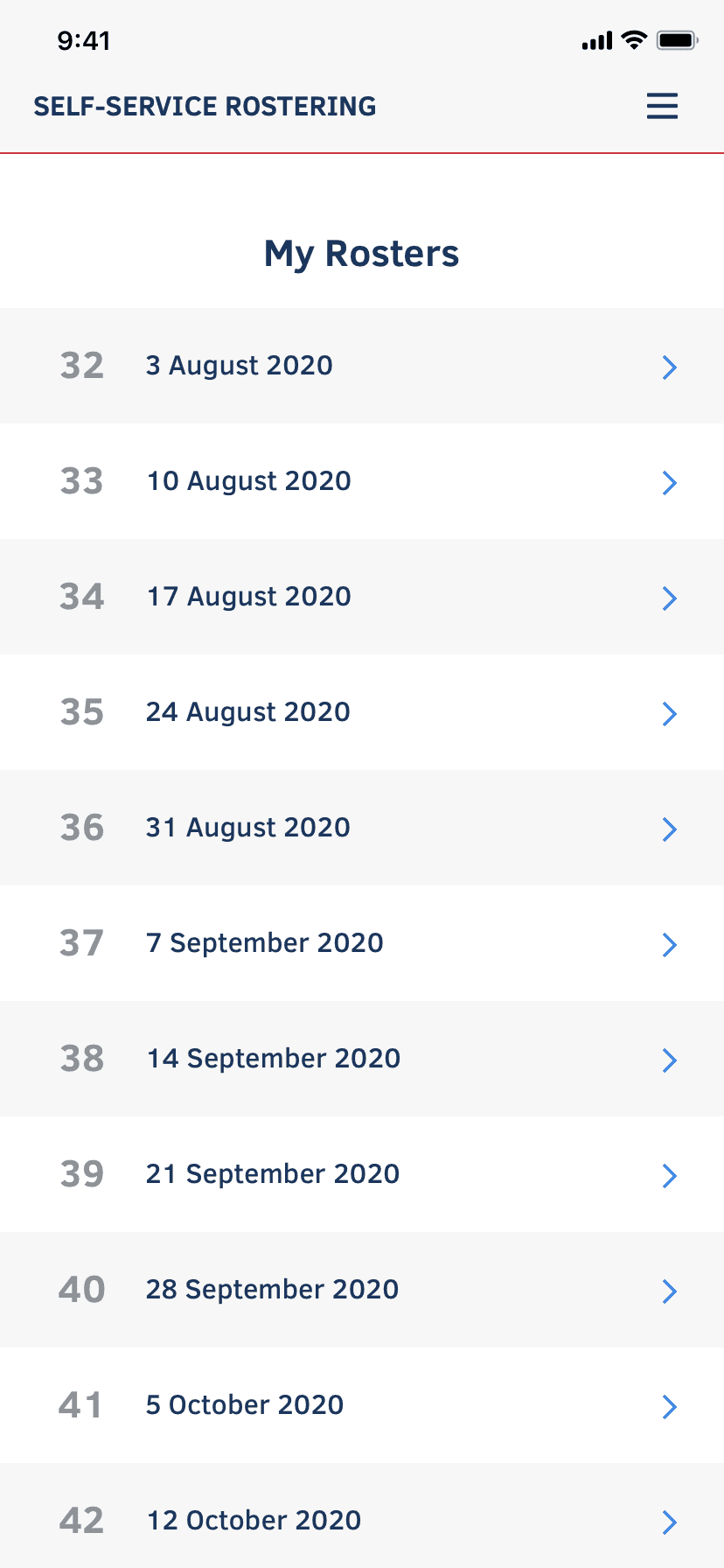
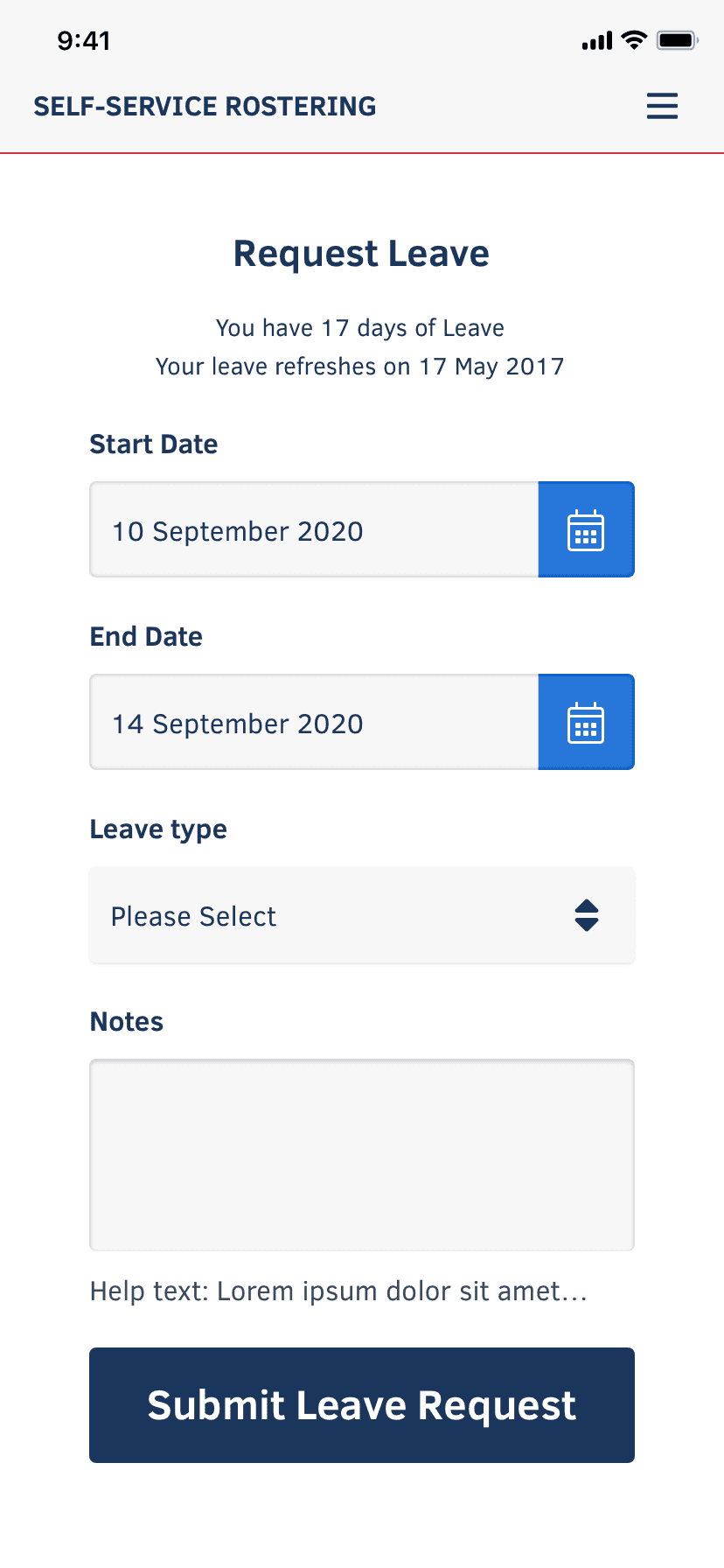
Solution
A mobile-first rostering self-service app that:
- Enables NHS staff to view personalised shift schedules on the go.
- Allows setting of shift preferences, leave requests, and shift swaps directly via mobile.
- Provides managers with a robust desktop interface for roster management and approvals.
- Integrates trust-specific rostering rules while maintaining simplicity and usability.
- Delivers an accessible, consistent UI across mobile and desktop platforms.
Impact & Results
- +75% engagement
- -40% admin overhead
- High adoption
Quantitative Outcomes
- Increased staff engagement with rostering tools by over 75%
- Reduced administrative overhead for roster management by 40%
- Achieved high adoption rates across multiple NHS trusts within the first year
Qualitative Outcomes
- Positive user feedback highlighting ease of use and improved control over shifts
- Enhanced communication and transparency between staff and managers
- Recognition from NHS stakeholders for improving workforce satisfaction